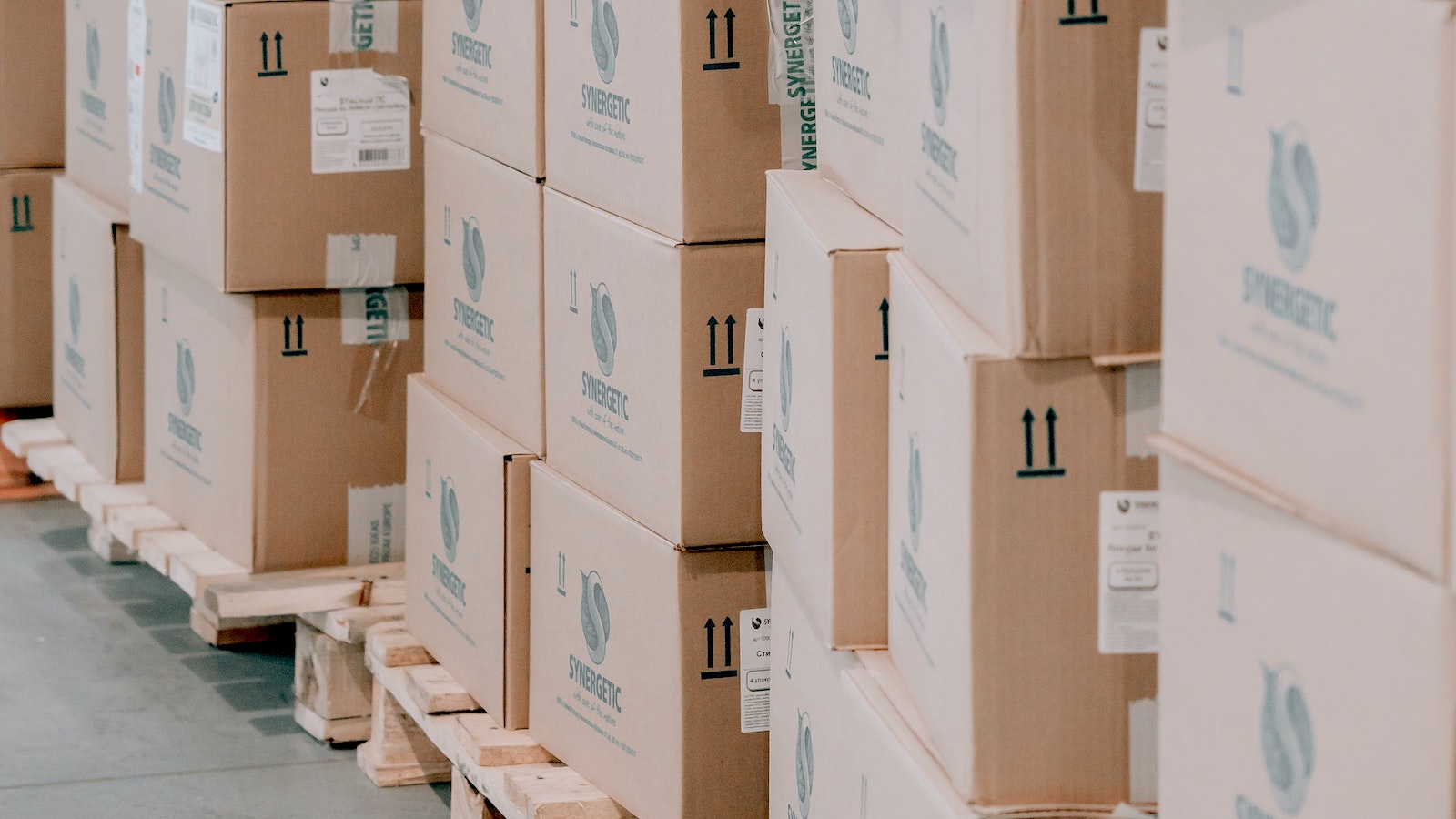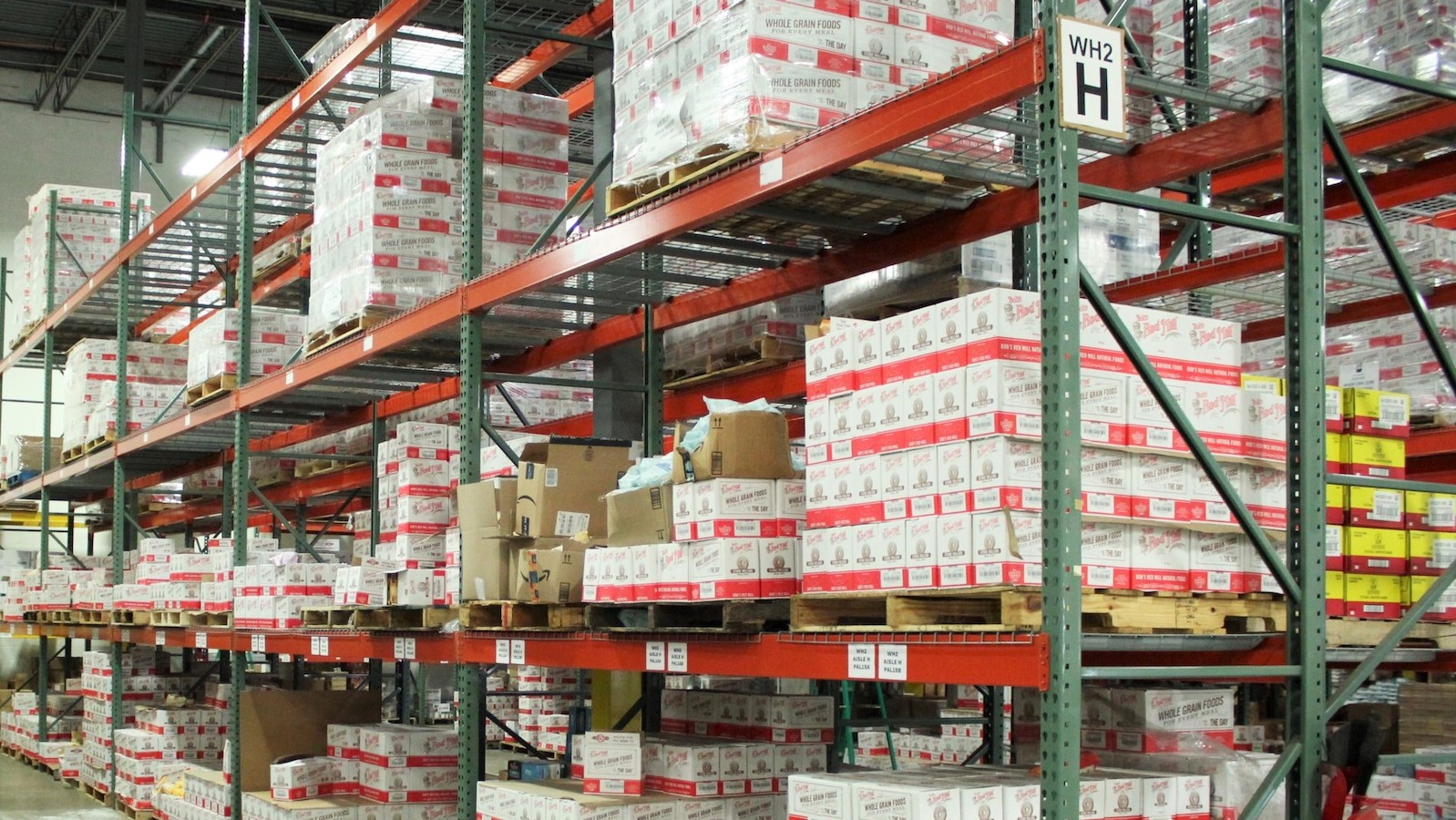Table of Contents
** Minutes
Benefits of decoupled inventory
Decoupled inventory & pipeline inventory are not the same
Other methods for avoiding stockouts
Thousands of people have been waiting anxiously to get their hands on the new PlayStation 5.
It’s not only because it’s a popular product that’s in high demand but is more so due to a chip shortage, a critical and new technology component used in a variety of products.
The chip shortage is only one example of how the pandemic has disrupted the entire global supply chain. With an ongoing supply shortage, it’s important to understand manufacturing and production processes, so you can establish a more agile supply chain.
One manufacturing concept worth knowing is decoupling inventory, including how it works and best practices that help keep production moving despite supply shortages, disruptions, and delays.
In this article, you will learn all of the above and how it impacts your business.
What is decoupling inventory?
Decoupling inventory is the process of setting aside extra parts or raw materials to ensure there aren’t any delays or disruption in the production of finished goods in the event of a supply shortage or machinery breakdown.
Much like when an online retailer stores buffer inventory, a manufacturer will set aside decoupled inventory to ensure purchase orders remain fulfilled on time despite possible disruption.
However, decoupled inventory has a separate set of benefits for manufacturing purposes that differ from why online retailers hold additional inventory.
A manufacturer’s extra inventory is identified as decoupled, because a manufacturing line with interdependent (or coupled) processes will reserve inventory at each leg of production (also known as decoupling points).
If one machine breaks down, or there is a change in production rate at some points, production doesn’t stop.
For manufacturers that use the same raw materials to produce different types of products, decoupling can also refer to the process of diverting extra production inventory on hand to produce more urgent orders in case of scarcity.
Benefits of decoupled inventory
Decoupling stock is an effective preventative measure that helps to protect product production from slowing down, despite a shortage in raw materials, equipment failure, or any other event that might cause delays in production.
Here is a breakdown of the benefits of decoupled inventory.
Protects against uncertainty
If manufacturers can’t get the necessary amount of raw materials to produce a product, the work-in-process production line slows down or comes to a full halt.
To hedge against uncertainties and build a resilient supply chain, decoupled inventory is stored at each stage of the production line, so no matter where a product is in the production phase, there is hopefully extra raw materials set aside to continue production without causing major delays.
This is highly beneficial for manufactures that produce a variety of products with similar parts or ingredients.
Let’s go through an example: a baked goods producer is struggling to meet a spike in demand for their boxed cake product due to a shortage in flour.
To continue production, they diverted flour stock set aside for another, slower-moving item to the cake’s production line so they could effectively fulfill purchase orders based on what’s in greatest demand.
Leaves room for repairs and maintenance
Decouple inventory is also beneficial in case of a facility shutdown due to necessary repairs and machine maintenance.
When there’s enough decoupled inventory on hand at every stage of production, manufacturers are able to still fulfill orders on time despite equipment failure.
Here’s another example: a notebook manufacturer has different machines for cutting, printing, and binding to form their finished product.
To ensure that production doesn’t stop when any of these machines need repairs, the manufacturer will hold a buffer of cut, printed, and bounded sheets at every machine or station (depending on its stage) to keep production running.
How to decouple inventory
To fulfill customer orders on time, most online brands will purchase additional safety stock (i.e., a percentage of inventory that exceeds forecasted demand).
However, if you own an online business that offers homemade products or items that require assembly, there are a few things you can learn from how manufacturers manage decoupled inventory.
To fully understand how decoupled inventory works, here is a step-by-step overview.
Step 1: Assess the current inventory levels of the raw materials or work-in-process at each decoupling point throughout your production line.
Step 2: Review historical order data and analyze trends so you can strategically forecast demand.
Step 3: Calculate how much excess raw materials you can afford to have on hand after demand is met.
Step 4: Once you know how much raw materials to have on hand, establish a predetermined inventory replenishment schedule based on the average delivery timelines to receive each material.
For instance, ordering wool from Turkey will probably take longer to receive than ordering yarn made in California if you’re based in the US.
Step 5: Keep accurate inventory records and past order trends for each SKU, and make adjustments to your decoupled inventory purchase orders accordingly.
Keep in mind that you will need to make adjustments to your decoupled inventory replenishment strategy over time.
Always keep a close look at your holding costs and be cautious of accumulating too much excess inventory — this is especially important if raw materials have expiration dates or are prone to becoming obsolete (e.g., technology components, perishables, etc.).
Decoupled inventory & pipeline inventory are not the same
It’s easy to mistake decoupled inventory for what’s known as pipeline inventory and vice versa. Though there are some similarities in terms of their benefits, their usage is different.
Both pipeline inventory and decoupled inventory help to improve supply chain efficiency, and the primary goal of each is to compensate for potential lost time.
The main difference is decoupled inventory refers to what’s on hand, and pipeline inventory is what’s been purchased but hasn’t been received, therefore, cannot be used.
Inventory is considered “decoupled” if there is reserved inventory set aside at every stage of the production line, in case there is a supply shortage of what’s needed to produce a sellable, finished product.
Other methods for avoiding stockouts
Decoupling inventory is a method that can help ensure on-time retail fulfillment, especially if the products you sell require machinery or assembly to complete a customer order.
If you sell finished products you get from a manufacturer, you don’t always have much control over the product production. However, there are ways to ensure you meet demand despite delays in production.
It can be a good idea to partner with different manufacturers or suppliers to reduce risk of inventory shortages. But that’s not the only way you can protect your supply chain from bottlenecks.
Here are some other supply chain planning methods to gain better inventory control and avoid stockouts.
1. Calculating safety stock
Similar to how decoupled inventory works, online brands can calculate safety stock to identify how much additional inventory they can afford to have on hand in case of an emergency or supply chain failure that might cause a delay in order fulfillment.
The amount of safety stock you need is based on a simple formula:
Safety Stock = (Maximum Daily Usage x Maximum Lead Time) – (Average Daily Usage x Average Lead Time)
Be sure to consider carrying costs and how long your products can be stored before they expire or go obsolete. Without keeping costs, demand, and warehouse capacity in mind, it’s easy to accumulate dead stock, which can quickly cut into profit margins.
Forecasting demand
By collecting and analyzing accurate historical supply chain data, it is possible to strategically forecast future demand.
Though it’s never 100% accurate, thanks to the rise and accessibility of digital supply chain technology, being able to forecast demand is becoming easier to manage, allowing online brands to make better decisions on how to optimize inventory levels.
Investing in technology that provides real-time supply chain analytics and inventory forecasting insights will help ensure you have enough inventory throughout your supply to meet the demand for finished goods.
For instance, ShipBob’s logistics network is powered by a centralized warehouse management system (WMS), which collects and records real-time inventory data.
This allows merchants access to a user-friendly dashboard with a real-time data and analytics reporting tool. With this level of visibility, business owners and logistics operations managers can view historical order data, trends, and other types of inventory planning data.


“In terms of tracking inventory, we use ShipBob for everything — to be able to track each bottle of perfume, what we have left, and what we’ve shipped, while getting a lot more information on each order.
The analytics are super helpful. We download Excel files from the ShipBob dashboard all the time and use them to analyze everything from cancelations, to examining order weights, to checking on whether ShipBob is shipping orders on time.
Even the way their warehouse receiving orders (WROs) work for sending inventory is very straightforward.”
Ines Guien, Vice President of Operations at Dossier
Get a better handle on your inventory management
If you’re still tracking and managing inventory data, trends, and records on multiple spreadsheets — stop!
There are several inventory management solutions on the market that can help you track inventory in real time and provide insights to help you optimize stock availability.
Many inventory apps for ecommerce stores provide the ability to set automatic reorder point notifications based on past inventory performance at the SKU level, so you can be notified when inventory is running low.
For instance, ShipBob’s premium technology offers real-time inventory management tools and direct integrations with the industry’s leading inventory management software solutions.
With ShipBob, you’re given the data and insights needed to gain control over inventory flow, reduce carrying costs, and ensure you always have enough inventory on hand (and in the right place!) to meet demand.
For a behind the scenes look at how ShipBob operates, check out the 3D experience below:
ShipBob is a leading 3PL that partners with fast-growing online brands in both the direct-to-consumer and B2B space.
With ShipBob, you can spend less time and money on supply chain management and more time expanding into new sales channels and markets.
Get the process started by requesting custom pricing.
Decoupling inventory FAQs
Here are answers to the leading questions about decoupling inventory.
What is the difference between decoupled inventory and safety stock?
Both types of inventory are interchangeably used when describing buffer stock that helps circumvent any issues in production or order fulfillment. But, they are not entirely the same.
Decoupled inventory refers to stock that plugs an internal issue (e.g., a production machine breaks down), while safety stock helps overcome an external obstacle (e.g., a spike in demand for finished goods).
What is the difference between pipeline inventory and decoupling inventory?
The biggest difference between the inventory types is that pipeline inventory is in transit to the buyer, while decoupling inventory is present on-premise, at the manufacturer’s facility or warehouse.
The other difference is that decoupling inventory is usually present in multi-step mass-production environments, while pipeline stock is present in most supply chains.
How do I determine how much inventory to decouple?
There isn’t any specific formula to calculate the quantity of decoupled inventory each manufacturer must hold. But, when arriving at the optimal decoupling inventory levels, be sure to take into account your maximum demand and maximum lead time.
ShipBob’s inventory control systems can help you keep track of production changes, so that you may accordingly plan the allocation of decoupling inventory.



